The ever-changing '#'
What do you think of when you see '#'?
If you play chess, it can indicate the end of a game; if you're a programmer, it can be the beginning of a comment; if you tweet, it can convey the hottest topic of the moment. In Chinese, "#" is often called "井字" or "井号", in Japanese it is called "番号記号" or "井桁", and in British English it is often called "hash".
Much of the name "#" comes from its shape, but the meaning changes repeatedly with the context. For most people, the first encounter with a "#" is probably the unassuming square in the corner of a telephone dial pad.
libra pondo's millennium walk
Let's turn the clock back to Roman times, when 'a pound of weight' was called 'libra pondo', where libra means 'measure' or 'balance'; and pondo comes from the verb pendere, which means 'to weigh'. From these two roots, '#' gets its original shape and name.
In the late fourteenth century, 'lb', derived from libra, entered the English language, accompanied by a short line '~' indicating its abbreviated identity, i.e. '℔'.
Because the "℔" was so widely used at the time, some early presses began printing it as a separate character.
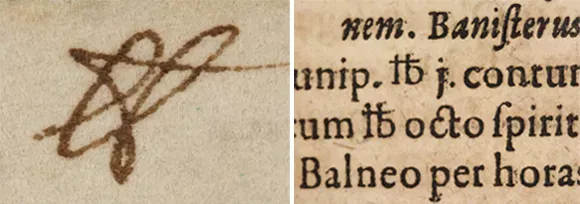
The ℔ symbol is shown on the left in the pen of Isaac Newton, and on the right as it appeared in a 1698 print as it appeared in print in 1698. Subsequently, the ℔ evolved into two distinct forms.
- Source '#' from scribbled notes of scribe
- There is no short line trimmed to represent pounds of 'lb'
The symbol itself, however, drowned in time. At the same time, libra's old partner pondo began its own evolutionary path. It appeared in Old English first as pund and then as pound in modern English. After thousands of years, libra and pondo, the old pair, were finally reconnected.
Had it not been for a chance experience, perhaps "#" would have remained in the inconspicuous corners of life, silently exercising its original duties.
A corner of the dial pad
In the early days of the telephone, dialed digits were transmitted using pulse dialing (pulsed dialing). In this technique, each digit corresponded to one to ten pulsed signals. In the late 1940s, Bell Labs invented a new dialing system. The new system emitted a unique sound signal, called Dual-Tone Multi-Frequency, when each digit was pressed. Until 1968, however, there were only 0-9 dialing keys on telephones.
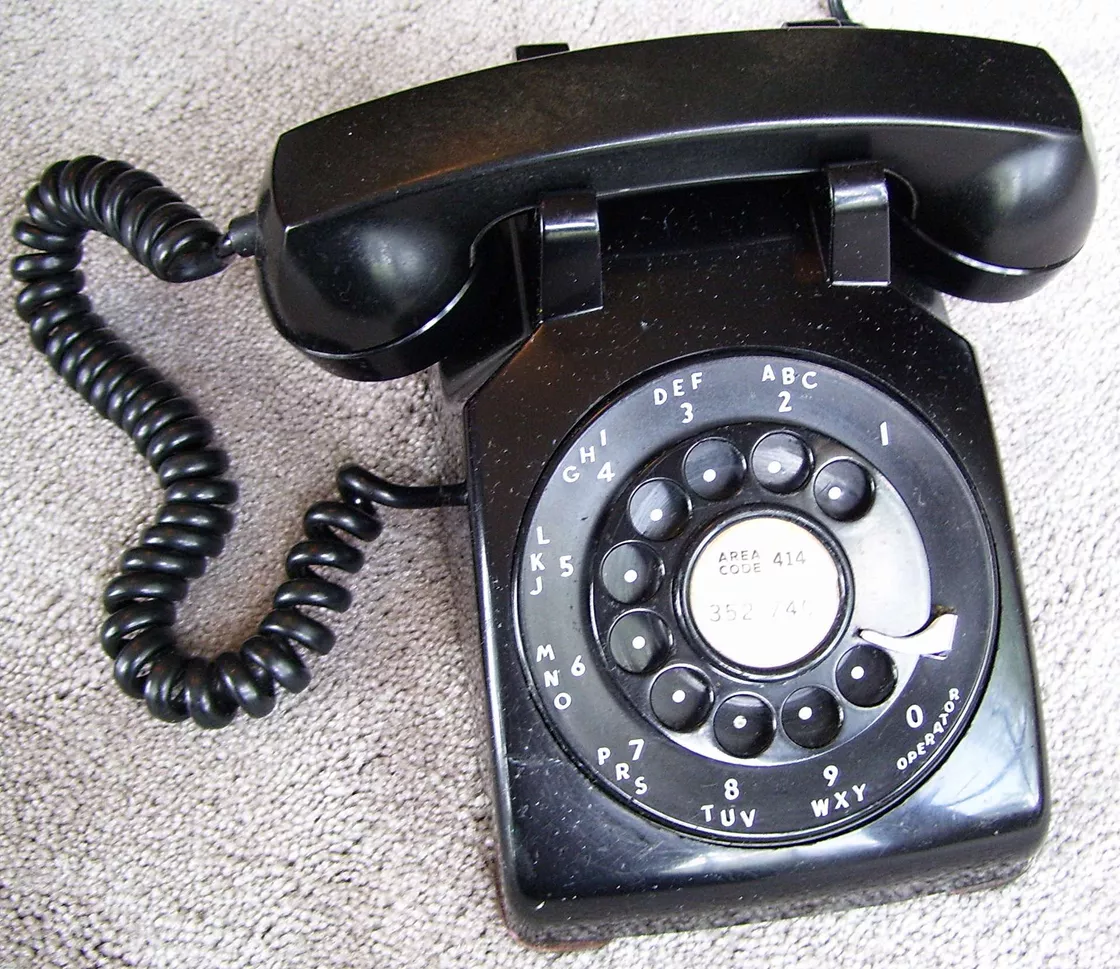
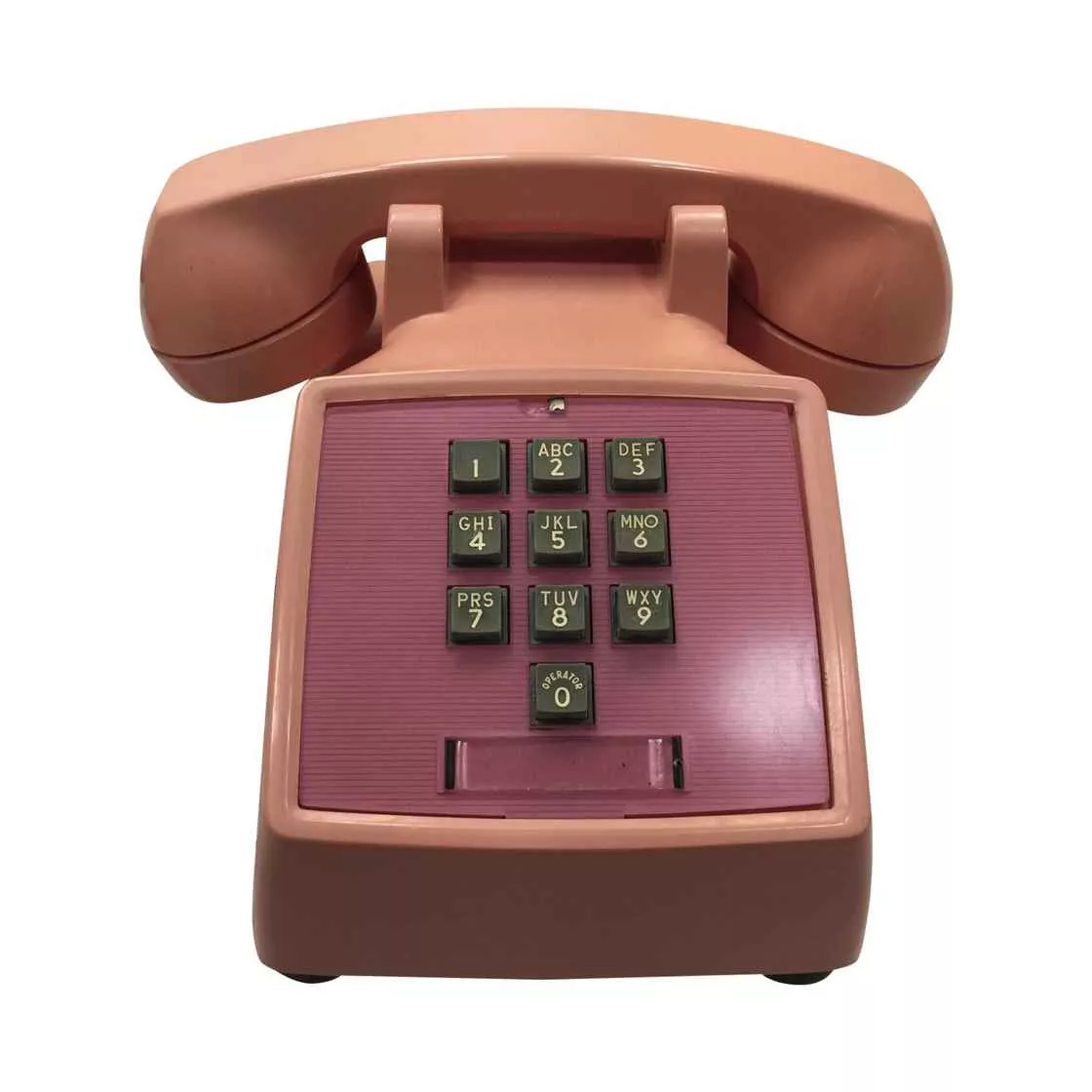
In 1968, in order to enable more calling features such as menu selection, Bell Labs planned to add two new keys on either side of the number 0 button. During the design of the new style of dial pad, a series of attempts were born, such as adding keys with a pentagram and diamond symbol on each side of the 0. However, these characters did not exist on the standard typewriter keyboards of the time and posed an obstacle to recording. At this point, Douglas A. Kerr, the Bell Labs engineer responsible for designing the new dialing system, was appointed to select a more suitable symbol to replace them.
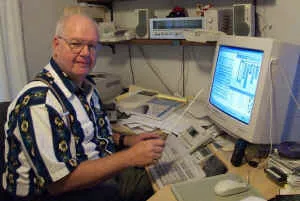
Douglas A. KerrDouglas Kerr served as head of the committee that designed the American Standard Code for Information Interchange (ASCII) committee head. Based on his past work and considering the design of typewriter keyboards, he and his team finally chose "*" and "#", which are included in the ASCII character set, as the new keystroke symbols.
This decision has brought '#' into the lives of the vast majority of the world's population like never before, and it will be more familiar than at any other time in history.
Come "#" chat
In 1988, Jarkko Oikarinen created Internet Relay Chat (IRC), a text-based live chat system. It was designed for multiplayer chat in groups, where many people could join the same group, called a channel (channel). Channel names start with # and users can join a channel with /join #channelname.
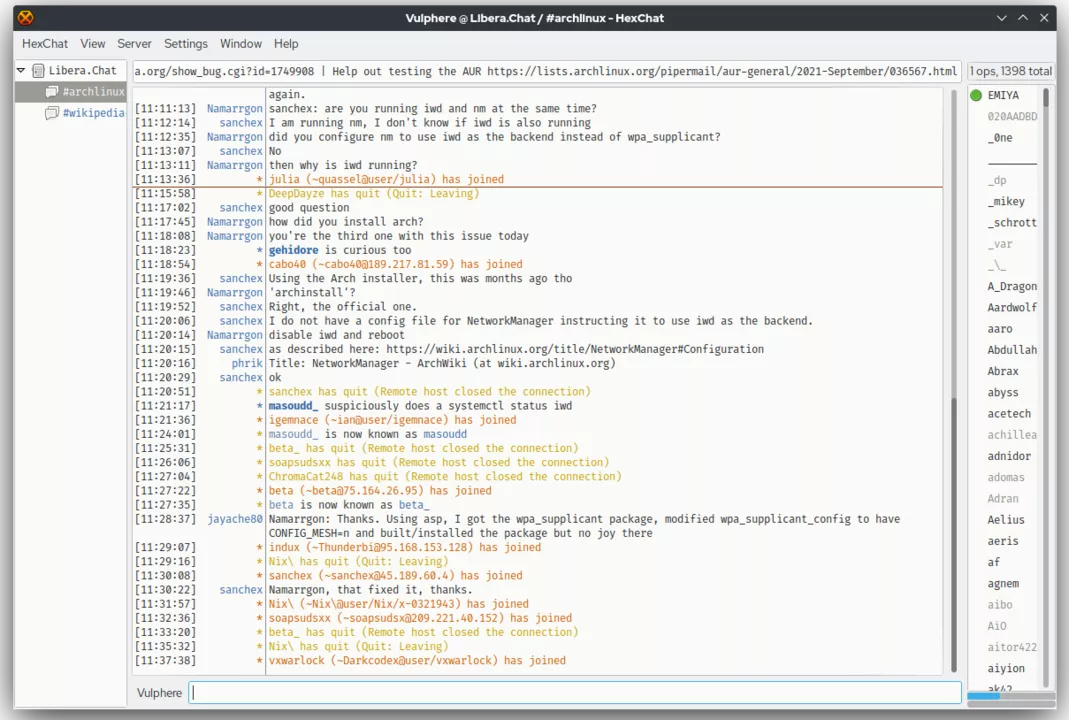
IRC client HexChat screenshotIn 2007, Chris, who had worked as a development lead at Google and Uber Messina suggested on Twitter that a similar system could be used to tag topics of interest on the web, and sent the first tweet advocating the use of '#hashtags'. However the suggestion didn't immediately gain widespread acceptance, with Twitter co-founder Evan Williams even telling Messina that the concept would never catch on.

Messina hasn't given up on the concept, and has even written a Groups for Twitter; or A Proposal for Twitter Tag Channels to explain in detail its use. During the San Diego fires that same year, he contacted Nate Ritter, a California resident who was live-tweeting the events, and suggested that the latter tag all relevant tweets with `#SanDiegoFire', which Twitter gradually realized was an effective way to group content. Finally, in 2009, Twitter officially added the hashtag system to its search tool. The following year, the trending topics feature appeared, putting the most popular topics in front of all users.
In 2014, the Oxford Dictionary added it as a new entry in that year's update:.
hashtag n. (on social media web sites and applications) a word or phrase preceded by a hash and used to identify messages relating to a specific topic; (also) the hash symbol itself, when used in this way.
In social networking mediums such as Twitter, the word that appears after the # symbol used to tag a topic.
Today and tomorrow for "#"
Today, '#' is rarely used to indicate weight and is only occasionally pressed during a call, but it is still active at the fingertips of Internet trendsetters. If I had to use one word to describe it now, it would probably be 'theme'. When writing in Markdown, it defines hierarchical headings, tags at the beginning and end, and documents the content of an article in the most concise way possible; in the media, a hashtag guides the most popular trends of the moment, but also flows unseen in the dark. The same hashtags, connecting different contents, weave a web of information that are independent of each other, and under the same hashtag, gather similar people. So, is it possible that someday everything can be tagged? Is our future also hidden within the network of labels?
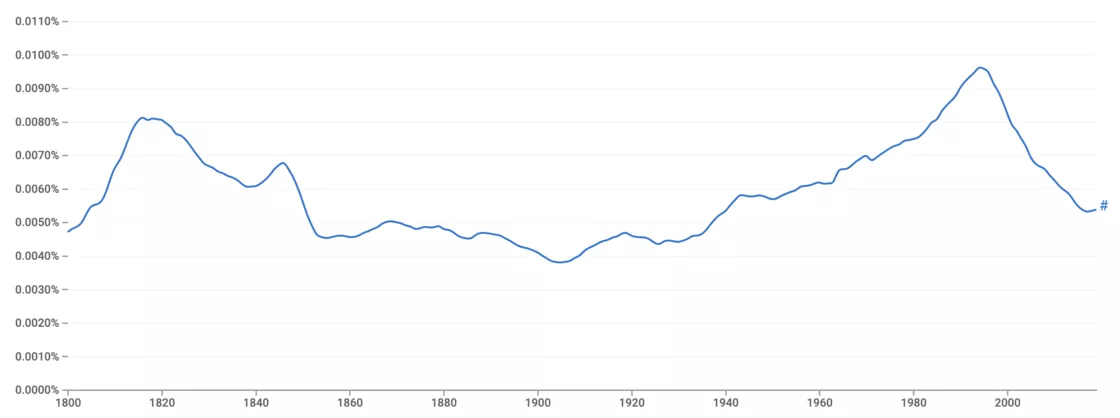
Google Ngram statistics on how often '#' appears in English literature from 1800-2019
In your eyes, what does '#' stands for what?